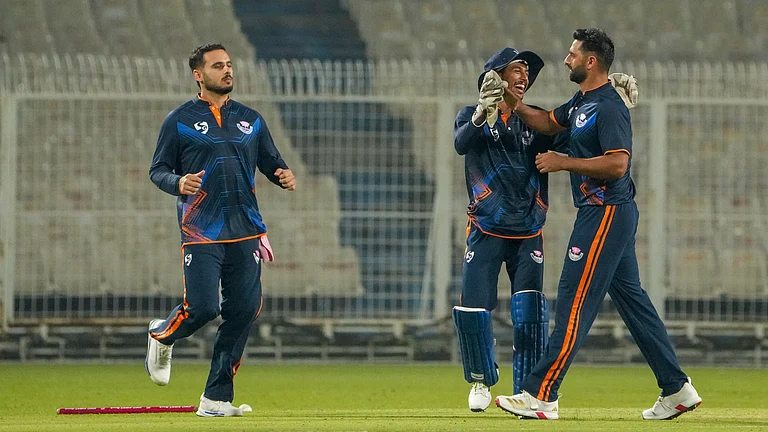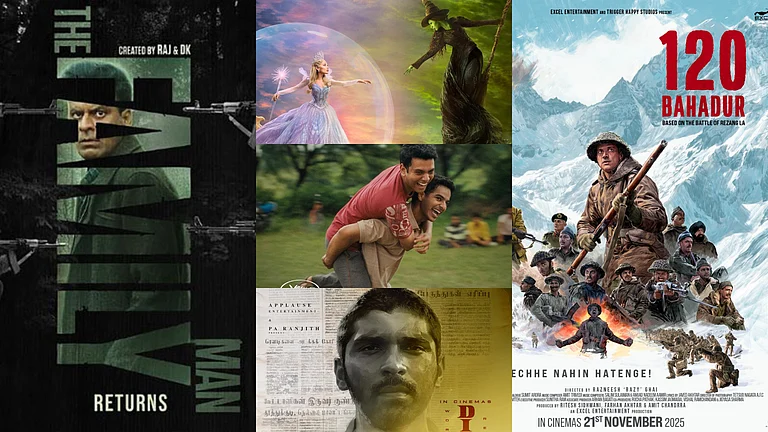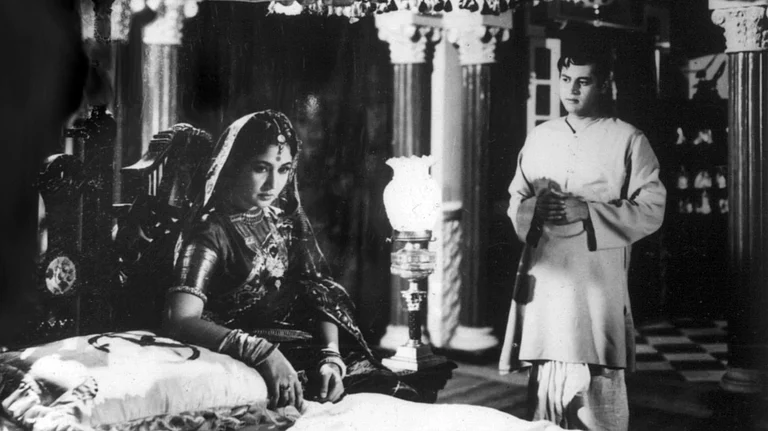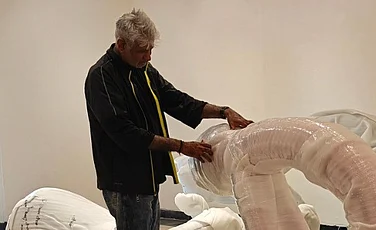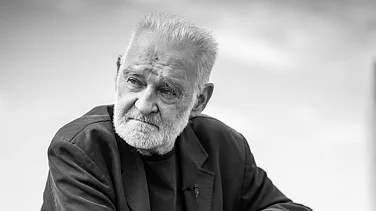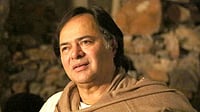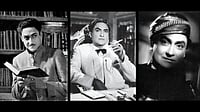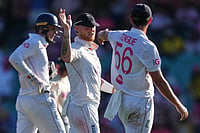
Shammi Kapoor never needed choreographing for his most popular songs.
He had a charming, innate sense of style.
He had 19 flops before hitting gold with Tumsa Nahin Dekha (1957).
Just before he turned 73, I had caught up with Shammi Kapoor at Mumbai’s Hinduja Hospital, where he was undergoing dialysis. He planned to bring in his special day with a quiet dinner, surrounded by his family and some doctor friends, who attended to him thrice a week. The actor who, during the Junglee days, would slide down the snowy slopes without a second thought or a safety harness, not even gloves—his trademark cry “Yahoo” echoing around the Valley—had accepted the brakes advancing age and ill health had put on his joie de vivre with a stoic smile. This made him a bigger hero in my eyes. But occasionally, he would sigh wistfully, as he recalled the all-night birthday parties on shikaras in the swinging sixties.
His words brought back memories of Kashmir Ki Kali (1964) and its evergreen chartbuster, “Yeh chand sa roshan chehra”. In the song, he raves about Sharmila Tagore’s “sunehri zulfein” (golden tresses) and “jheel si neeli aankhen” (eyes as blue as the lake)—a wild flight of imagination, given the dimpled beauty’s flashing dark eyes and raven locks—as they float down the Dal Lake. Ashim, the son of the film’s producer-director Shakti Samanta—who was ten years old then and able to attend the shoot in Srinagar since it was his summer vacation—remembers that for the first three weeks, his father couldn’t take a single shot because it was raining non-stop. The unit of 150, which included 20 girls from Mumbai and around 25 to 30 Bhangra dancers from Punjab, was flown down specially for the song. They could only rehearse in the hotel with the film’s leading lady, who—despite being a Satyajit Ray protégé—was nervous about her first mainstream Bollywood film. Her hero however never turned up for these practice sessions and his filmmaker friend didn’t insist.
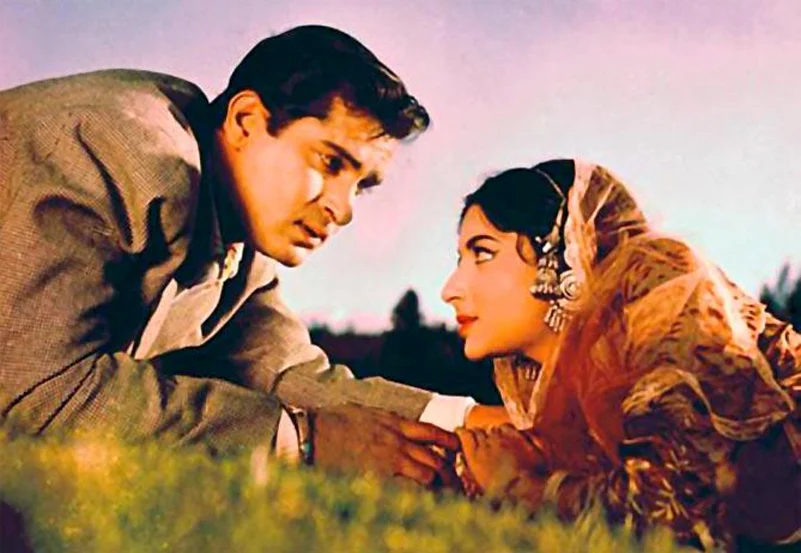
“Shammi uncle had two happy feet and didn’t need a choreographer. He would simply react to the beat of the music and do what felt best to him at that moment. No two takes were the same,” explains Ashim. He adds that at the most, the dance director would suggest some basic moves and the cinematographer would discuss the camera field and angles with him before a shot. “His moves were so fluid that Dad didn’t want to disturb his natural rhythm, even if he ended up falling into the lake as it happens at the end of this song,” he chuckles.
Once the weather cleared, they were able to make up for the lost time and finish the shoot on schedule, thanks to his natural-born talent. “Always jolly, Shammi uncle would sometimes go fishing with us, regaling us with amusing anecdotes,” Ashim recalls.
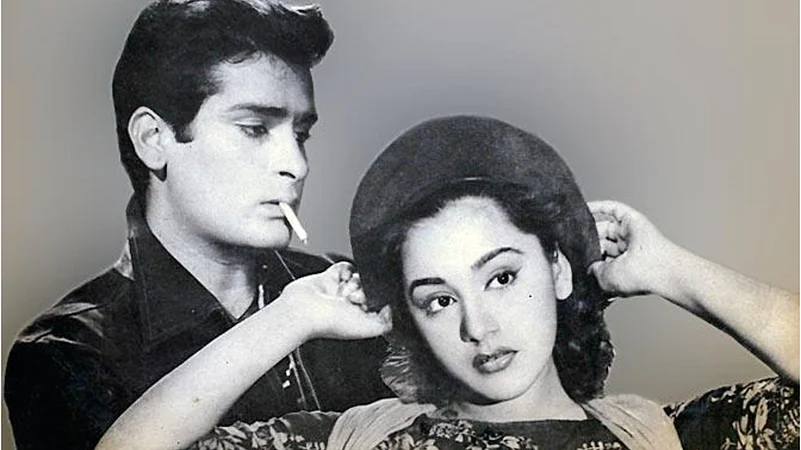
Since his father and the actor were good friends, Shammi was a regular visitor at their home. “Like all the Kapoors, he loved good food. We had an excellent cook whose paaya (mutton stew) was a favourite of his,” Ashim shares with a smile. He guffaws as he remembers that their living room opened into a huge balcony, and every time Shammi stepped out, the four sisters living in the house opposite theirs would appear on their balcony too, and excitedly shout out to him. “Shammi uncle would wave back, blowing kisses, and delirious with joy, they almost fainted. He was an incorrigible flirt, but if he flirted five percent, his female fans flirted back 25 percent,” reminisces Ashim.
He once asked Kapoor, who had worked with almost all the beautiful leading ladies of the time—from Meena Kumari and Geeta Bali to Nutan, Nalini Jaywant and Madhubala—who his favourite actress was. “Madhubala,” Shammi replied, blowing kisses in the air.
Shammi Kapoor and Shakti Samanta also collaborated on other blockbusters besides Kashmir Ki Kali, including China Town (1962) and An Evening in Paris (1967). There was also an Indo-Malay co-production, Singapore (1960). According to Ashim, what made the actor the poster boy of the sixties besides his natural good looks—he was tall, well built and fair complexioned, with the bluest eyes and a heart-stopping smile—was his charm and an innate sense of style. “He was the most fashionable person I have seen to date. Shammi uncle loved clothes and wore them with such swag. His smile, persona, even the way he moved and spoke, enhanced their appeal and set new fashion trends, ” he maintains and flashbacks to the Kashmir Ki Kali shoot.
One day, the production guy brought along some secondhand clothes to be worn by the junior artists for Shakti Samanta’s inspection. From the pile, a beautiful, cherry red coat caught his eye and he set it aside to show Shammi, who instantly tried it on. It was a little tight, but he liked it enough to wear it through the film’s long climax, when he confronts the forest manager Mohan (Pran), chasing him up a cable car, down a slope, wading into the water behind him and punching him into submission, before handing him over to the cops. “Shammi uncle was a very down-to-earth man—simple, with no starry ego, as is evident from his willingness to wear a second hand coat and make it a fashion statement after the film’s release,” Ashim fondly remembers.
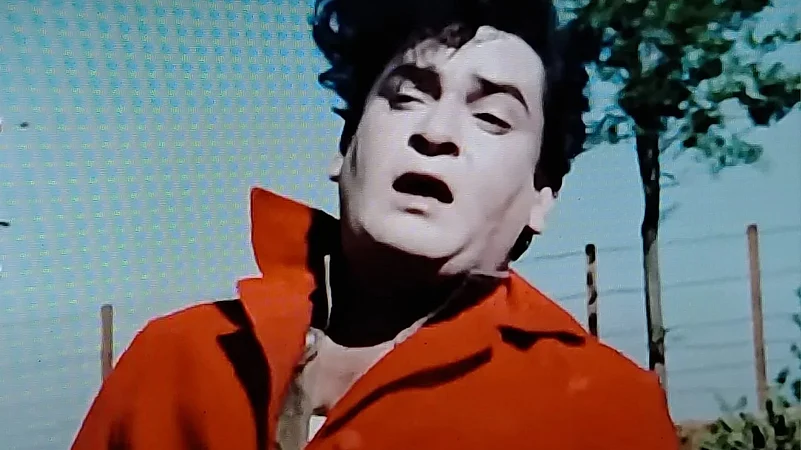
The second son of Prithviraj Kapoor and Ramsarni Devi, Shamsher Raj Kapoor started his film career with 19 straight flops. He was seen as a sad copy of his elder brother, Raj Kapoor, in films like Rail Ka Dibba (1953), Shama Parwana (1954) and Laila Majnu (1953). Finally, in a do-or-die gamble, he shaved off his pencil-thin moustache, swept back his hair, and crooned to a pouting Amita, “Yun to hum ne lakh haseen dekhe hain, tumsa nahin dekha.” Nasir Hussain’s 1957 directorial debut, Tumsa Nahin Dekha, made Shammi Kapoor Bollywood’s first rockstar.
More than half-a-century later, Imtiaz Ali took the ailing actor back to his beloved Kashmir for the shoot of his 2011 musical romance, Rockstar. It had his grand nephew, Ranbir Kapoor, in the lead as JJ aka Jordan, with Shammi playing Ustad Jameel Khan, a renowned classical musician who hears JJ singing in the dargah and persuades Dhingra, the owner of Platinum Records, to sign him on, putting him on the road to stardom.
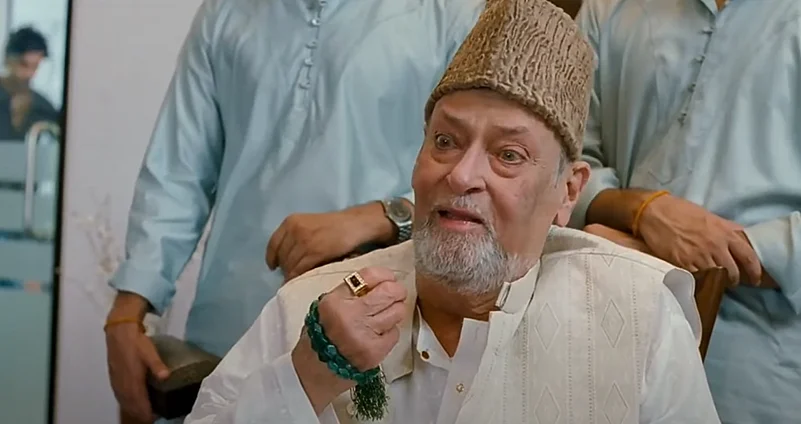
Recalling the shoot, Ali had shared that the veteran actor had just gone through a surgery and lost a toe. The pain he was suffering was visible in his smile. When Ali pointed this out, assuring him that no one would notice, Shammi still insisted on a retake. And this time, he was able to conquer the pain, the smile flashing bright.
The film released on November 11, 2011. Shammi Kapoor took his final curtain call three months before, on August 14. In early September, his children, Aditya Raj Kapoor and Kanchan Desai, flew down to Srinagar with his ashes and some industry friends, including Biswajit, Shabana Azmi and Vinod Khanna. After the last rites were performed, they got into a shikara and rowed down the Dal Lake, singing his songs. It was the best way to say goodbye to an inimitable, unforgettable rockstar.
Roshmila Bhattacharya is a senior journalist and the author of four books on cinema.









